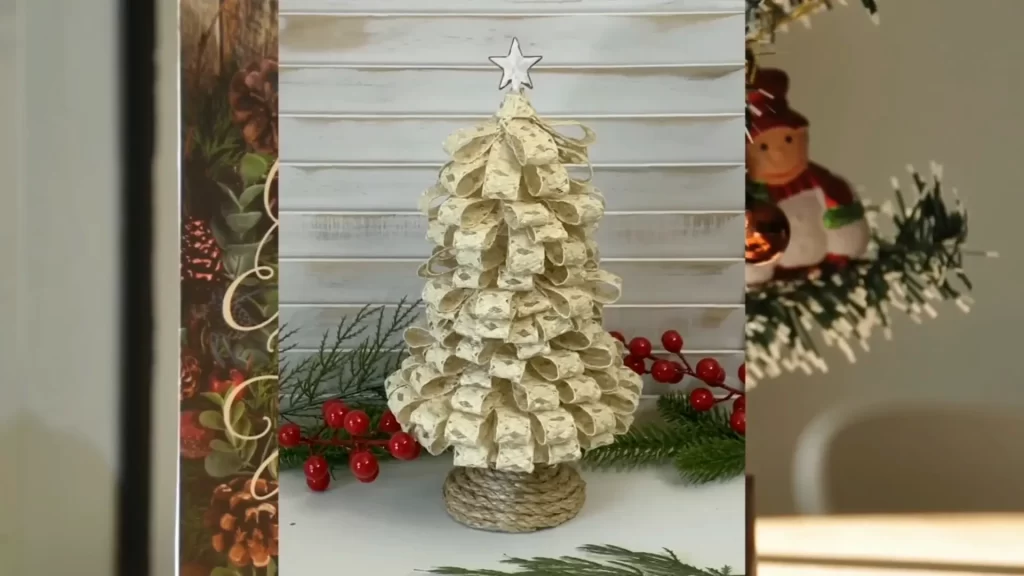Create Your Watercolor Paint with This Simple Guide 🎨
Are you ready to dive into the colorful world of watercolor painting? If you’ve ever wondered how to make watercolor paint, you’re in the right place! This blog post will guide you through the process of creating your own watercolor paint binder, which is essential for mixing with artist pigments, mica powders, or even old eyeshadow powders. Let’s get started on this creative adventure!
- Create Your Watercolor Paint with This Simple Guide 🎨
- Step 1: Gather Your Ingredients and Tools 🛠️
- Step 2: Measure and Heat the Water 🔥
- Step 3: Mix in Glycerin and Honey 🍯
- Step 4: Add the Acacia Powder 🌿
- Step 5: Let It Sit and Dissolve ⏳
- Step 6: Add Clove Oil for Preservation 🌼
- Step 7: Refrigerate Overnight 🌙
- Step 8: Observe the Final Result 🌈
- Step 9: Storage and Shelf Life 🗓️
- Step 10: Get Ready to Paint! 🎨
- Conclusion: Let Your Creativity Flow! 🌟
- Frequently Asked Questions (FAQ) ❓
- How to Make Watercolor Paint
Step 1: Gather Your Ingredients and Tools 🛠️

Before we begin, it’s essential to gather all the necessary ingredients and tools for making your watercolor paint binder. Here’s what you will need:
- Acacia Senegal or Gum Arabic Powder: This is the key ingredient for your binder.
- Distilled Water: Using distilled water ensures purity in your paint.
- Vegetable Glycerin: Acts as a plasticizer.
- Honey: A humectant that helps keep your paint moist.
- Clove Oil: Optional, but it helps preserve your binder and adds a pleasant scent.
- Kitchen Scale: For accurate measurements.
- Mixing Containers: Two small containers for measuring and mixing.
- Non-Porous Stirring Stick: Preferably stainless steel or plastic.
Step 2: Measure and Heat the Water 🔥

Start by measuring out 45 grams of distilled water using your kitchen scale. Next, heat this water in the microwave or on the stove until it’s just before boiling. It doesn’t have to boil, but it should be warm enough to help dissolve the other ingredients.
Step 3: Mix in Glycerin and Honey 🍯

Once the water is heated, measure out 10 grams of vegetable glycerin and 5 grams of honey. Add both into the warm water and stir until completely dissolved. This mixture will create the base for your binder.
Step 4: Add the Acacia Powder 🌿

Now, it’s time to measure out 25 grams of acacia powder. Transfer the honey-glycerin-water mixture into a clean container and gradually scoop in the acacia powder. I recommend adding it in thirds to make mixing easier. You will notice that it becomes gooey and lumpy—this is normal!
Step 5: Let It Sit and Dissolve ⏳

After mixing, let the mixture sit for about 30 minutes. This waiting period allows the water and glycerin to penetrate the acacia powder, helping it dissolve more effectively. Don’t worry if it looks creamy and bubbly; this will change!
Step 6: Add Clove Oil for Preservation 🌼

After the initial sitting period, add about two drops of clove oil to the mixture. This step is optional, but it can help preserve the binder and adds a nice fragrance.
Step 7: Refrigerate Overnight 🌙

Once you’ve added the clove oil, let the mixture sit for another hour before placing it in the fridge overnight. This allows the binder to fully homogenize and clear up a bit.
Step 8: Observe the Final Result 🌈

After a night in the fridge, your binder should look less milky and more transparent. It won’t be completely clear, but that’s okay! It’s now ready to use.
Step 9: Storage and Shelf Life 🗓️

Your watercolor binder can last for about two to three months when stored in the fridge. The honey and clove oil help to preserve it, ensuring you have plenty of time to create beautiful watercolor paintings.
Step 10: Get Ready to Paint! 🎨

Now that your watercolor binder is ready, you can mix it with various pigments and micas or even recycle old eyeshadows to create your own unique watercolor paints. The possibilities are endless, and the process is incredibly rewarding!
Conclusion: Let Your Creativity Flow! 🌟
Creating your own watercolor paint binder is not just a fun and rewarding experience—it’s a journey into the heart of artistic expression. By mastering this process, you’re opening up endless possibilities to craft unique, vibrant paints tailored to your personal style. Whether you’re mixing with pigments, mica powders, or recycled materials like old eyeshadow, the results are as boundless as your imagination.
Now that you have the skills and knowledge, it’s time to let your creativity shine! Experiment, play, and explore the colorful world of watercolors. Remember, the beauty of handmade paints lies in their uniqueness, so embrace the imperfections and enjoy every brushstroke. Happy painting! 🎨✨
Frequently Asked Questions (FAQ) ❓
Can I use tap water instead of distilled water?
It’s best to use distilled water to ensure purity in your paint. Tap water can contain minerals and chemicals that may affect the final product.
What if I don’t have clove oil?
Clove oil is optional. You can make the binder without it, and it should still last well. However, adding it can enhance the preservation and fragrance.
How do I store the binder?
Store the binder in a clean, airtight container in the refrigerator to prolong its shelf life.
Can I adjust the recipe to my liking?
Absolutely! Feel free to experiment with the ratios of glycerin, honey, and acacia powder to find the consistency and finish that works best for you.
How do I mix the binder with pigments?
To mix the binder with pigments, start with a small amount of pigment and gradually add the binder until you reach the desired consistency and color.


